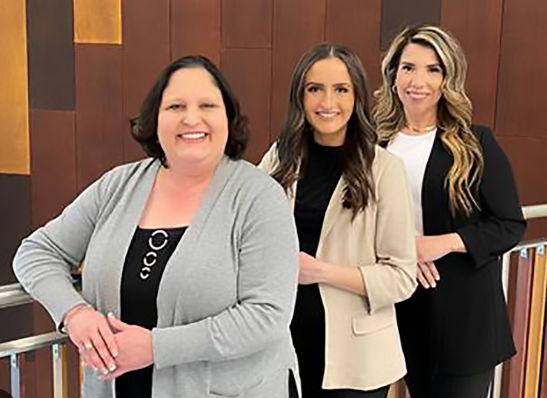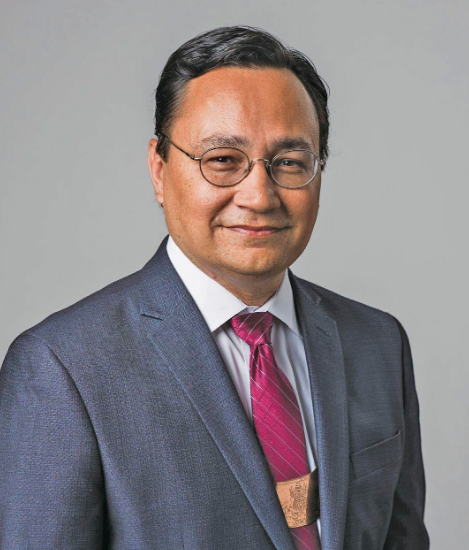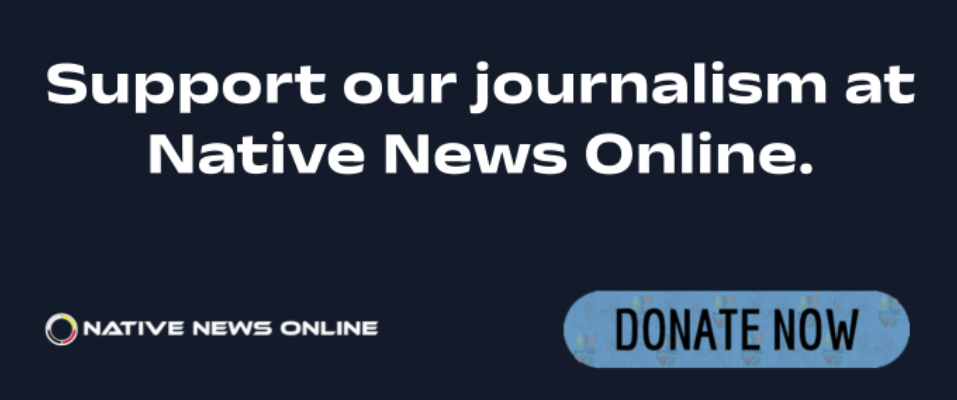
- Details
- By Chuck Hoskin Jr
Guest Opinion. Navigating a complex health system can be difficult, especially for those living far away from their provider. Cherokee Nation is working hard to make it easier. Within the Cherokee Nation reservation, we have invested to make sure no Cherokee is more than a half-hour drive away from a clinic. Now, for Cherokee Nation citizens — particularly the many Cherokees living outside our 7,000-square-mile reservation in northeast Oklahoma — the new Patient Experience Team can ease the stress of getting care.
We know that Cherokees are cared for best by other Cherokees within our award-winning health system. The three-person Patient Experience Team will help at-large patients navigate that system to get the care they need and deserve. They will be a one-stop shop for help with arrangements at Cherokee Nation’s health clinics and hospital. They can also provide additional information about tribal facilities and health clinics that may be available in other states.
Cherokee Nation Health Services operates the largest health care system in Indian Country, serving more than 1.5 million patient visits annually. We are growing our health care infrastructure and services — and we are making sure to include at-large Cherokees, who make up more than two-thirds of our tribal citizens.

The at-large members of the Council of the Cherokee Nation, Julia Coates and Johnny Jack Kidwell, have both been champions for many areas, but health care is a special priority for them. Together, we've been able to expand hearing aid access to at-large Cherokees. Now, thanks to their leadership and creative problem solving, the Patient Experience Team is making health care access even easier. The team has already begun visiting at-large community gatherings to better understand the needs of those communities.
Any Cherokee Nation citizen across the globe can now pick up the phone and talk to another Cherokee about their health care. Cherokees can find guidance for their health or even the health of a family member. And, as we continue to grow our telemedicine capabilities, we will be able to provide citizens even more quality care, no matter where they live.
Today, Cherokee Nation is a national leader on Native American health care. Other tribes and health care systems can look to us for new ideas, like the Patient Experience Team. We must keep up that momentum, because we've got a great deal more work to do. Healthy Cherokee communities are strong and prosperous Cherokee communities, and that’s true in Tahlequah, Sallisaw, Texas, California, or anywhere else on the planet.
Chuck Hoskin. Jr. is the principal chief of the Cherokee Nation.
More Stories Like This
Celebrating 35 Years of Gaming SuccessExtending the Affordable Care Act Is a Moral Imperative for Indian Country
All Is Fair in … War?
Why Federal Health Insurance Policy Matters to Cherokee Nation
The Absence of October's Job Report Shows Why Native American Communities Need Better Data
Help us defend tribal sovereignty.
At Native News Online, our mission is rooted in telling the stories that strengthen sovereignty and uplift Indigenous voices — not just at year’s end, but every single day.
Because of your generosity last year, we were able to keep our reporters on the ground in tribal communities, at national gatherings and in the halls of Congress — covering the issues that matter most to Indian Country: sovereignty, culture, education, health and economic opportunity.
That support sustained us through a tough year in 2025. Now, as we look to the year ahead, we need your help right now to ensure warrior journalism remains strong — reporting that defends tribal sovereignty, amplifies Native truth, and holds power accountable.
 The stakes couldn't be higher. Your support keeps Native voices heard, Native stories told and Native sovereignty defended.
The stakes couldn't be higher. Your support keeps Native voices heard, Native stories told and Native sovereignty defended.
Stand with Warrior Journalism today.
Levi Rickert (Potawatomi), Editor & Publisher

